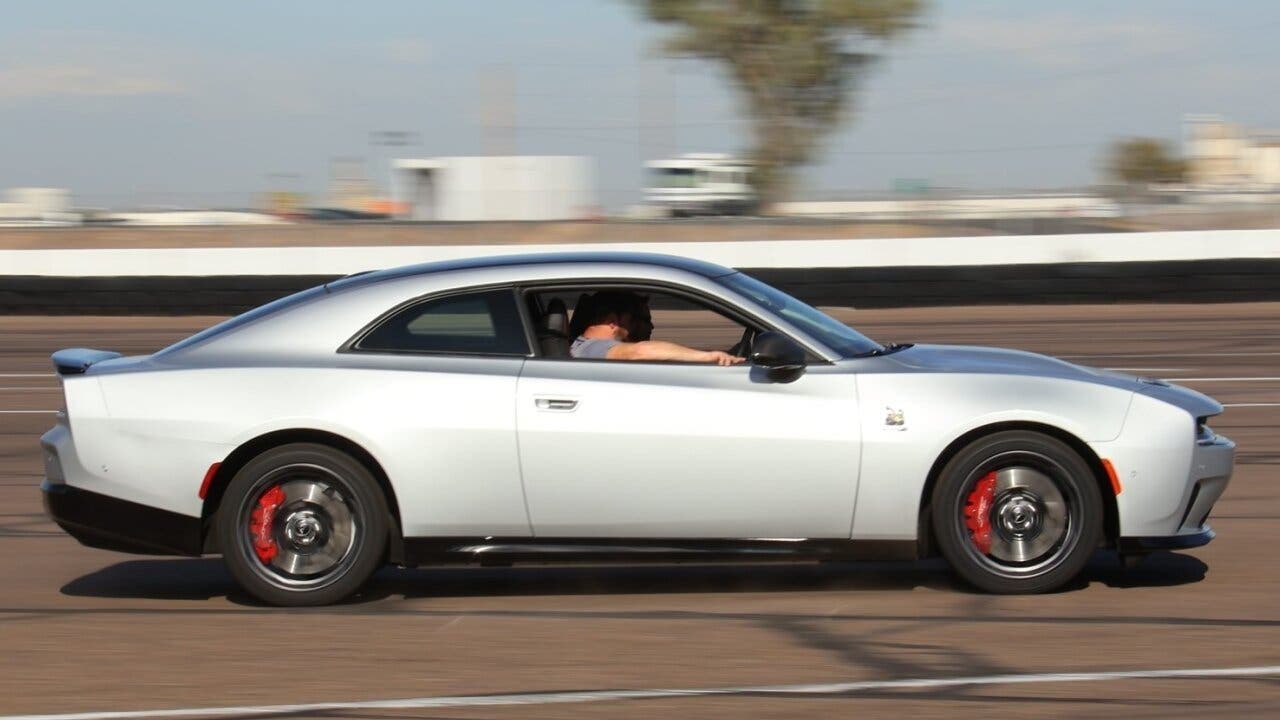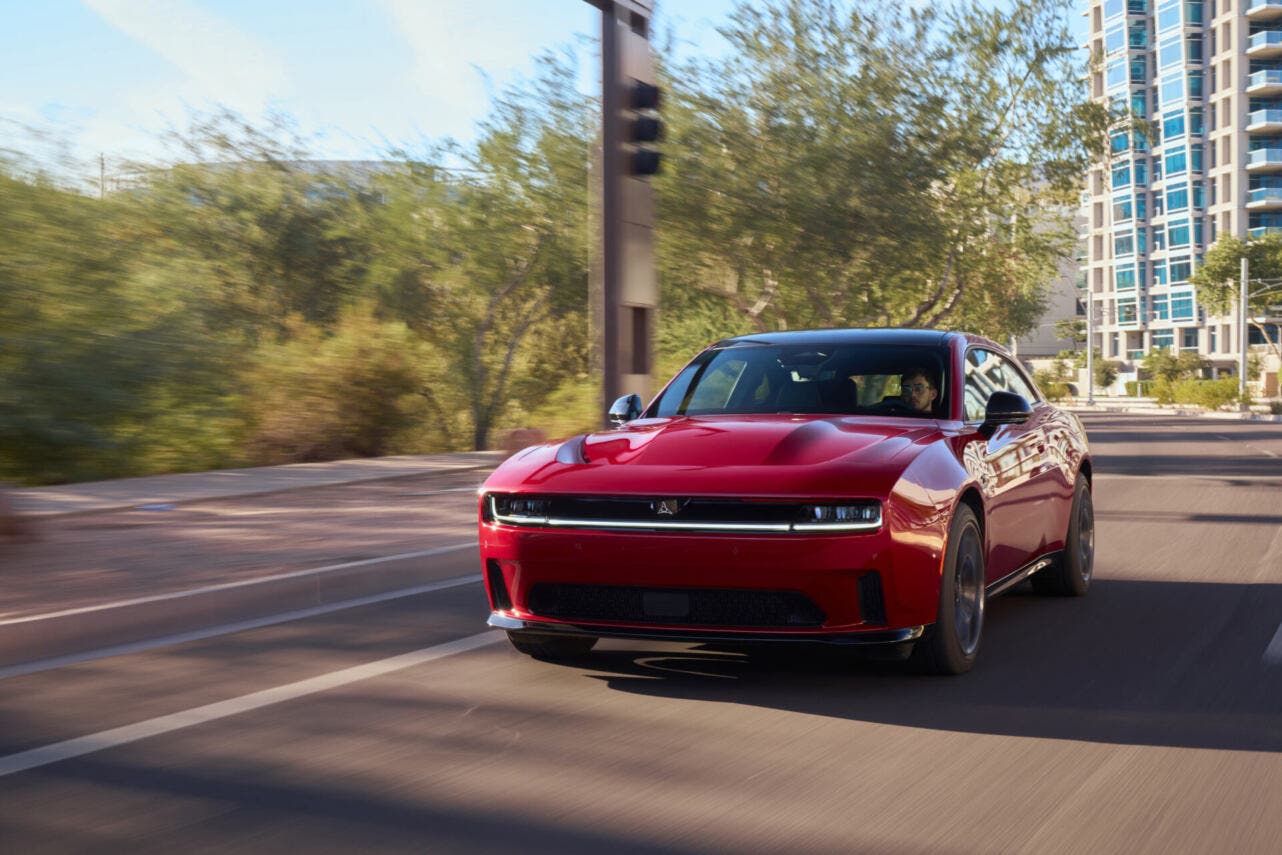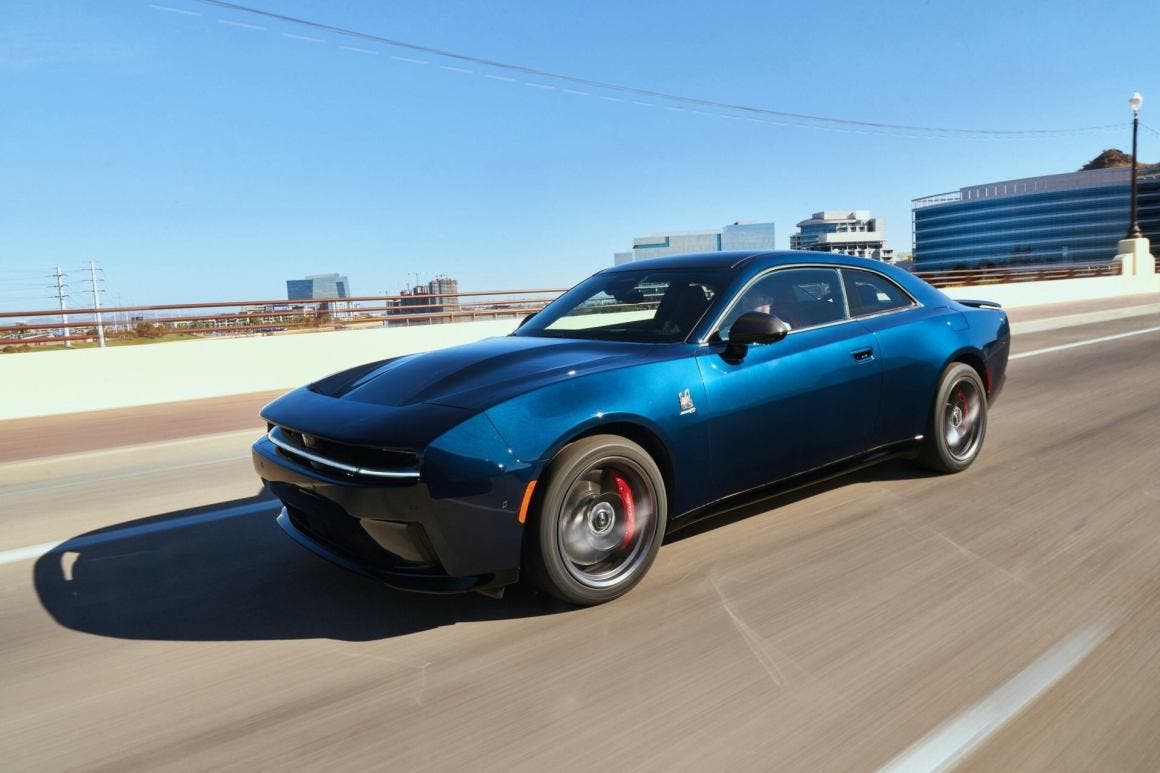It was meant to embody the electric evolution of American tradition on four wheels, but the Dodge Charger Daytona now faces a more tortuous path than expected. Introduced as the world’s first electric muscle car, with aggressive lines and battery propulsion, the new creation from the American brand has not won the hearts of enthusiasts, at least not yet.
Dodge Charger Daytona: electric muscle car faces market resistance

Due to lower than expected demand, a price tag of over $60,000, the low attractiveness of state incentives for electric vehicles, and 25% tariffs on cars assembled in Canada, Dodge has chosen to temporarily suspend the 496 hp R/T entry-level model, at least until 2026.
The decision was confirmed by the car manufacturer itself, which emphasized the brand’s desire to focus on the higher-performance version, the 670 hp Dodge Charger Daytona Scat Pack, described as “the most powerful and fastest electric muscle car in the world.” Additionally, in 2026, a four-door variant will debut, while on the internal combustion front, new Dodge Charger SIXPACK models will arrive, equipped with the 3.0-liter twin-turbo six-cylinder engine, capable of exceeding 550 hp.

Despite high expectations, the transition from roaring V8 engines to a zero-emission platform has not excited the traditional audience. The performance of the electric version, although notable, does not yet compete with the benchmarks in the high-performance electric segment.
Worsening the picture are the more than 3,500 units of the Daytona R/T that remain unsold in U.S. dealership lots, despite aggressive discount and leasing campaigns. Production of the Dodge Charger Daytona R/T at the Canadian plant in Windsor is therefore on hold, but the project as a whole continues. Certainly, Dodge is not abandoning the electric muscle car; rather, it’s doubling down with new configurations and the possibility of a return of the V8 engine, currently planned for the Ram 1500.
